Investing in an AV system is more than just a one-time purchase. It involves understanding the lifecycle of different AV components and how their lifespan affects long-term performance. AV equipment continues to change and becomes more complex each day. Many devices have CPUs in them, and the industry average for replacing computers is every 3-5 years. As these upgrades and technology continues to advance, the lifecycle could continue to shorten.
Wondering when you should replace your AV equipment? By knowing the expected lifespan of your AV system components and planning for their upgrade or replacement, you keep your system current and cost-effective. Here is what every AV manager needs to know about the lifecycle of AV systems and how to plan for their replacement:
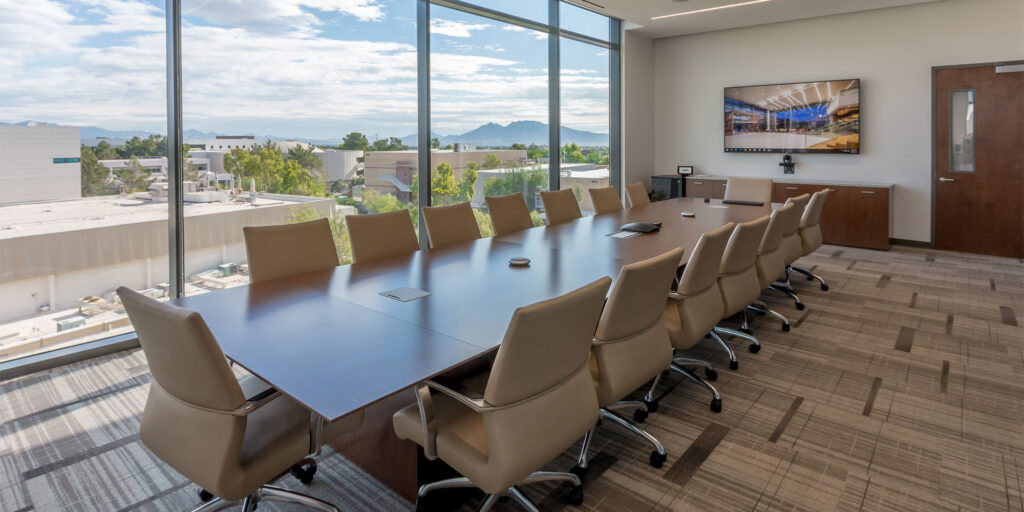
Understanding the Lifespan of AV Equipment
| Displays (LED screens, LCD monitors, or projectors) | 5-7 years | The technology evolves quickly, and older displays might not support newer video standards or resolutions, making timely upgrades necessary for optimal performance. |
| Microphones (USB mics, ceiling, and tabletop mics) | 5-10 years | Regular testing and upkeep are crucial for maintaining sound clarity depending on usage and maintenance. |
| Speakers and Audio Systems | 10+ years | Quality speakers can last years with minimal wear, but they may require periodic inspections, especially in high-use environments. |
| Video Conferencing Systems | 3-5 years | With rapid technological advancements, these systems typically have a shorter lifespan due to reliance on software updates and compatibility with evolving platforms like Zoom or Teams. |
| Control Systems and Processors | 5-7 years | Frequent software updates and occasional hardware replacements are necessary to ensure they stay current. |
| Cabling (HDMI, Ethernet) | 10-15 years | Regular inspections are recommended to avoid issues from wear or environmental degradation. |
Durable, Long-Lasting Equipment
Certain AV components are built to last. Products like amplifiers, speakers, and cabling often have lifespans of 10 years or more with minimal maintenance. These devices are less reliant on advanced processing power and often don’t have moving parts, making them more durable.
However, while these pieces may last a decade, it’s important to regularly inspect them for wear and tear, especially in high-usage environments. Regular maintenance, such as cleaning, recalibrating, or checking for degradation, can help extend their life even further.
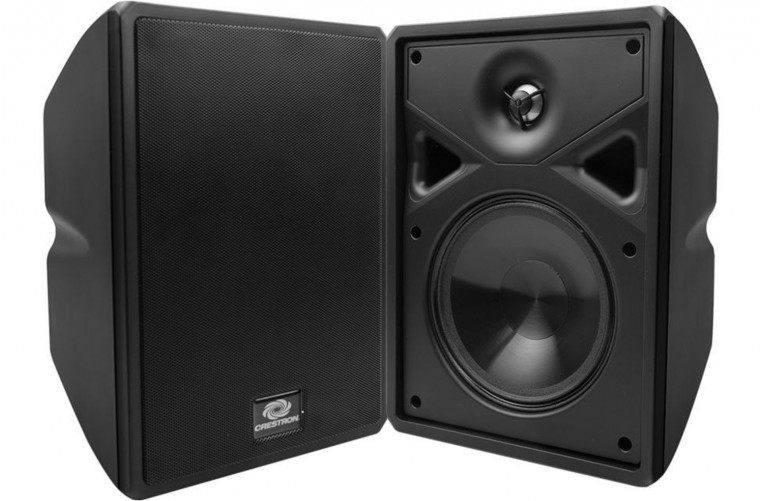
Mid-Lifespan Equipment
Other components, particularly those with more advanced internal technology, typically last around 5-7 years. This includes displays, projectors, and control systems. These systems provide excellent quality during their lifespan but may need updates due to technological advances or declining performance.
Regular software updates can help extend the life of these systems, but it’s important to plan for a refresh within this timeframe to ensure your AV setup remains state-of-the-art and meets evolving needs.
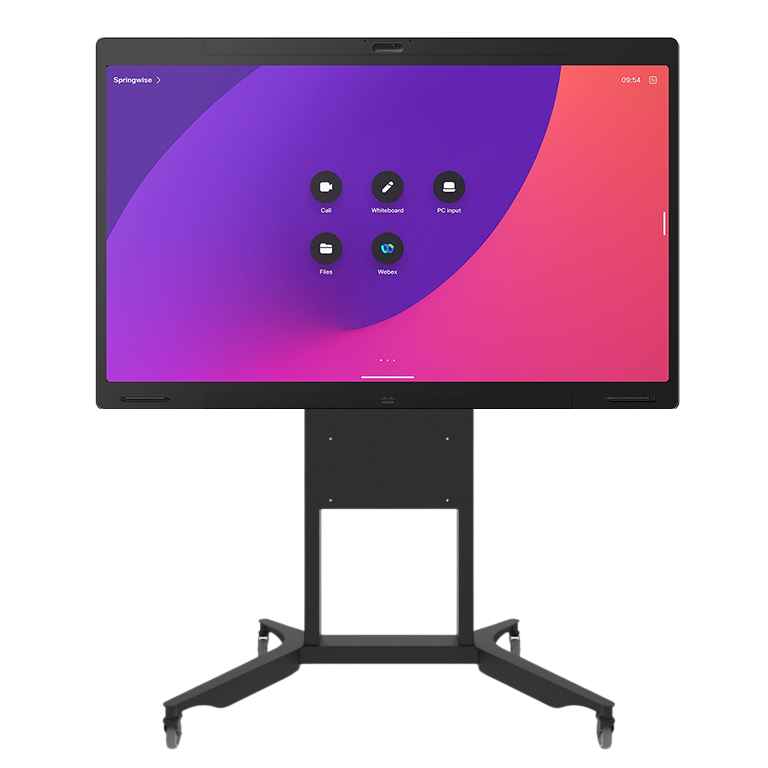
Complex AV Equipment
Highly complex equipment with internal processors, fans, and advanced computing needs—such as video conferencing systems, media processors, and networked AV systems—has a shorter lifespan of around 3-5 years. These products often need to be replaced more frequently due to their reliance on rapidly evolving technology.
Such systems are critical to keeping your AV infrastructure current and capable of handling high-definition video and sophisticated meeting needs. Planning for replacement or upgrades within this shorter window ensures you avoid performance issues and maximize the system’s efficiency.
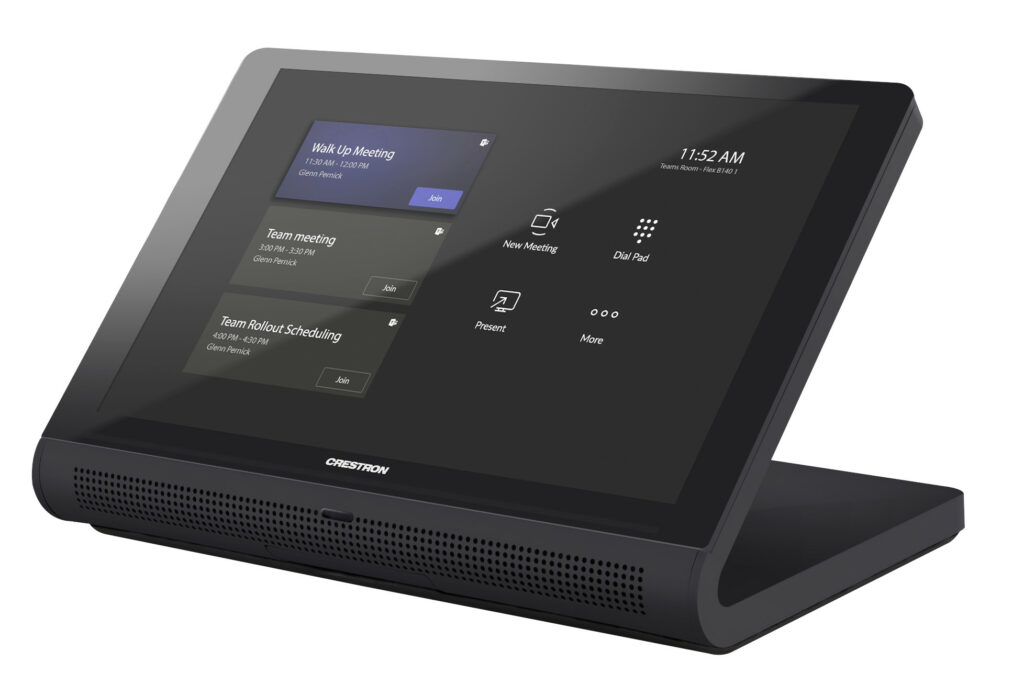
Why You Need an AV Refresh Strategy
Technology evolves quickly and having an outdated AV system can lead to poor performance, compatibility issues, and increased costs over time. Have a proactive AV equipment refresh strategy in place to avoid these pitfalls, avoid sudden failures, and ensure a seamless transition to newer technologies without disrupting your workflow.
Here are key reasons why you need an AV refresh strategy:
Keep Up with Technological Advancements
As technology progresses, new standards emerge for video quality, audio clarity, and system integration. Staying up to date ensures you provide the best user experience, whether it’s in client presentations, remote collaboration, or internal meetings. For instance, upgrading from older 1080p displays to 4K or 8K LED displays can significantly enhance your visual content and user engagement.
Improve System Reliability
Old systems can become prone to malfunction or incompatibility as they age. For example, a five-year-old video conferencing system might not be able to integrate with the latest versions of Zoom or Microsoft Teams without significant updates or hardware changes. Regularly refreshing your AV equipment ensures that your systems remain compatible with new software, leading to fewer breakdowns and improved reliability.
Boost Security and Connectivity
Older AV systems are often vulnerable to security risks, particularly if they are connected to your company’s network. Regularly upgrading or replacing your systems ensures that they incorporate the latest security protocols and network compatibility. For example, new solutions provide enhanced wireless connectivity while maintaining high security standards, allowing for seamless, secure collaboration.
Cost Efficiency Over Time
While replacing or upgrading AV systems requires an upfront investment, it can save you money in the long run by avoiding costly repairs, downtime, and inefficiency. Older equipment may consume more power or require more frequent repairs, leading to hidden costs. By planning for a gradual refresh, businesses can spread out expenses and avoid sudden, large-scale investments.
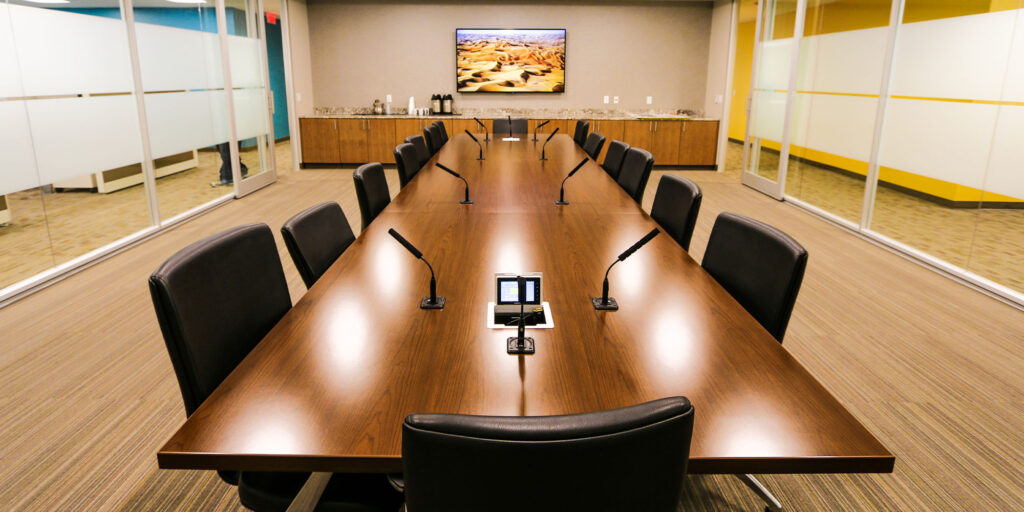
Planning for the Lifecycle of AV Systems
To maximize the lifespan of your AV systems, businesses should follow a comprehensive lifecycle management approach. It is highly recommended to standardize your AV system by using the same brands and models of equipment across all of the rooms. This makes it easier to manage the lifecycles and plan for the future. The experts at Ford AV are able to streamline the process and assist in the standardization of AV equipment. Here are some other steps to plan effectively:
Regular Audits and Inspections
Conduct regular audits to assess the performance and condition of your AV equipment. This will help you identify components that are nearing the end of their lifecycle and plan for replacement before issues arise. Ford AV’s experts can provide assessments and refresh strategies for your business.
Partner with AV Experts
Partnering with AV professionals makes it easy to manage the lifecycle of your AV systems. Experts, like those at Ford AV, can help you develop a refresh strategy tailored to your specific needs, ensuring that your technology stays up-to-date, reliable, and future-proof.
Schedule Upgrades and Replacements
Don’t wait for your AV system to fail before upgrading. Create a schedule based on the expected lifespan of your equipment and budget for replacements accordingly. For instance, plan to replace media processors or control systems every 3-5 years and displays every 5-7 years.
Leverage Remote Monitoring and Maintenance
Modern AV systems often come with built-in monitoring and management tools that allow your team to monitor performance remotely and perform preventive maintenance. This helps you detect potential issues early and extend the life of your equipment.
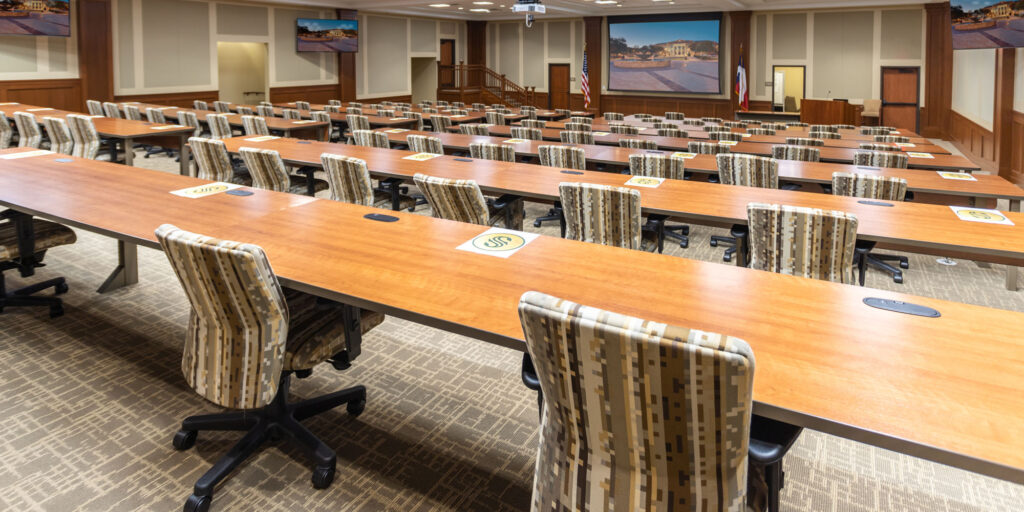
Let Ford AV Help Plan Your AV Refresh Strategy
At Ford AV, we specialize in helping businesses navigate the lifecycle of their AV systems. Our team provides comprehensive assessments, lifecycle planning, and expert guidance to ensure your AV systems remain cutting-edge and fully operational. Contact Ford AV today to learn how we can help you develop an AV equipment refresh strategy tailored to your needs.
